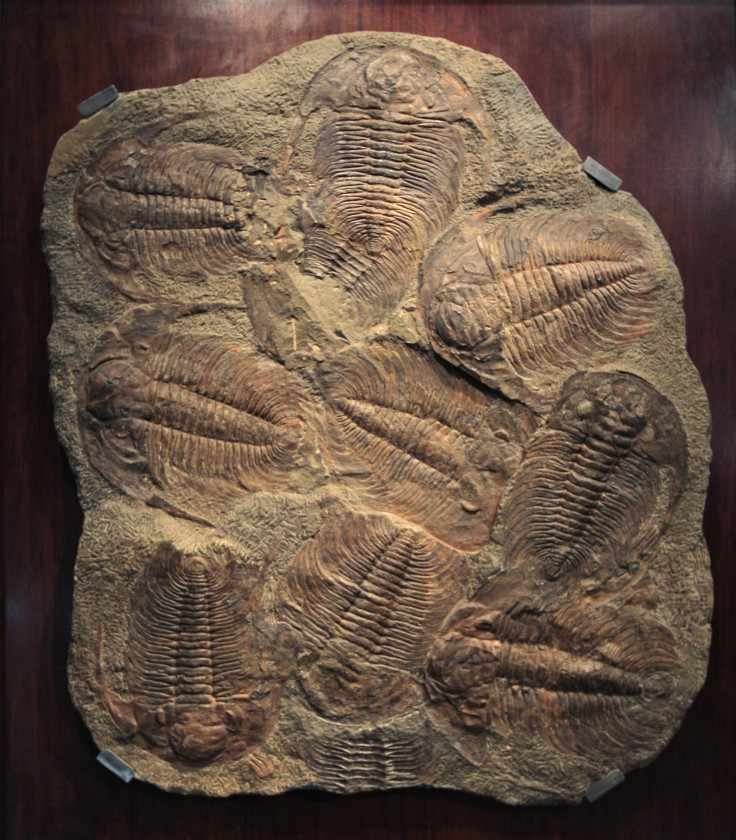475-Million-Year-Old Sea Creature Fossil Found Intact By 11-Year-Old In Tennessee

In a surprise discovery, an 11-year-old girl has discovered the fossil of a rare creature, one that proliferated and scoured the oceans hundreds of million years ago.
Ryleigh Taylor was strolling along the shoreline of a lake in East Tennessee when she saw something strange lying on a rock. The structure appeared like a fossil, but she had no idea what it really was. So, she picked up the intriguing structure and returned home.
When Colin Sumrall, an associate professor of paleobiology at the University of Tennessee, analyzed the discovery, he was totally surprised. The researcher revealed that the fossil is more than 475-million years old and belongs to a long-extinct sea creature dubbed trilobite, ABC affiliate WATE.com reported.
"It's actually fairly unusual for someone to find a fossil," Sumrall told the news outlet.
Girl finds 475-million-year-old fossil near Tennessee lake https://t.co/T07A2IDBu9 pic.twitter.com/FEcJ3WyyVm
— KMBC (@kmbc) May 3, 2018
Trilobites first appeared around 521 million years ago and thrived throughout the lower Paleozoic era before going extinct some 250 million years ago or well before the first dinosaurs appeared on the scene. Fossil records suggest they were one of the most successful early marine animals and survived almost 270 million years on planet Earth.
That said, discovering fossil of such an old animal is no less than a feat. The researcher added that the animal might have been roaming in the waters around what is now East Tennessee millions of years ago. He also noted that unlike most Trilobite fossils unearthed in the past, this one is completely in very good condition, which makes the find even more interesting.
“Typically when we look at fossils of trilobites, they molt [much like modern-day lobsters] when they grow,” Sumrall added.
This mainly results in disintegration of the skeleton into hundreds of tiny pieces.
“To find one where all the pieces are intact, it's actually a pretty lucky find," he said.
Till now, scientists have discovered around 600 species of trilobites. The creatures mostly lived in shallow waters and were the first ones to develop the sense of vision, according to Fossilera. Their body structure was divided into three main regions — the cephalon or the head region, the thorax, and the tail region. The animals came in a range of shapes and sizes, with some being too small to be seen with the naked eye, while others being quite big such as the Isotelus rex which was as much as 2 feet long.
The researcher believes the find could inspire the young girl to learn more about long-extinct animals and become a successful paleontologist someday.
"To find something like that, it could spark this youngster into a whole career,” he concluded.
Meanwhile, the 11-year-old thinks her cool finding could bring other young kids out of their homes to explore nature and see a world beyond video games.
© Copyright IBTimes 2024. All rights reserved.











